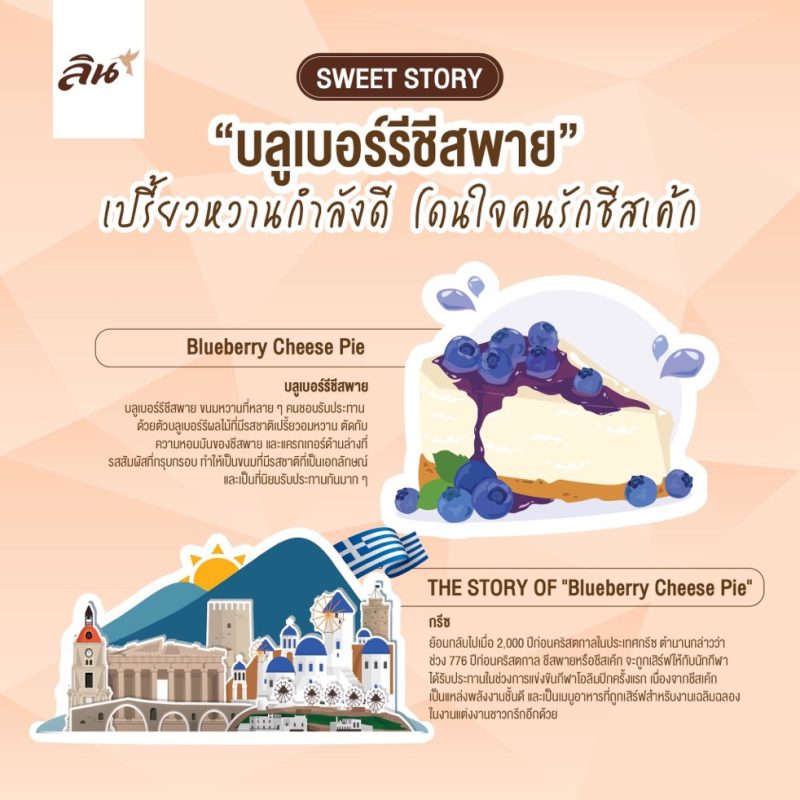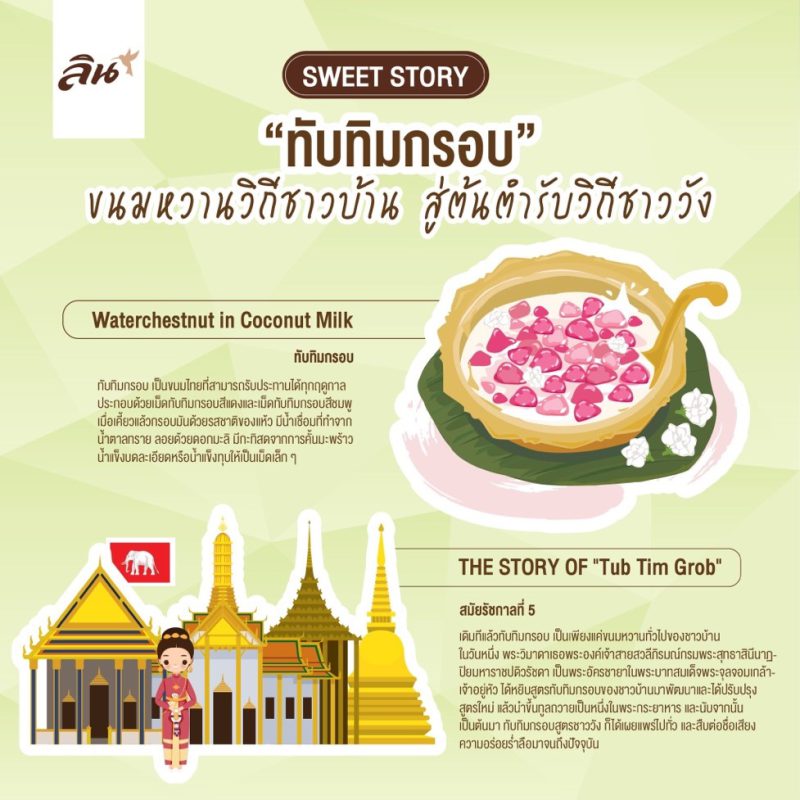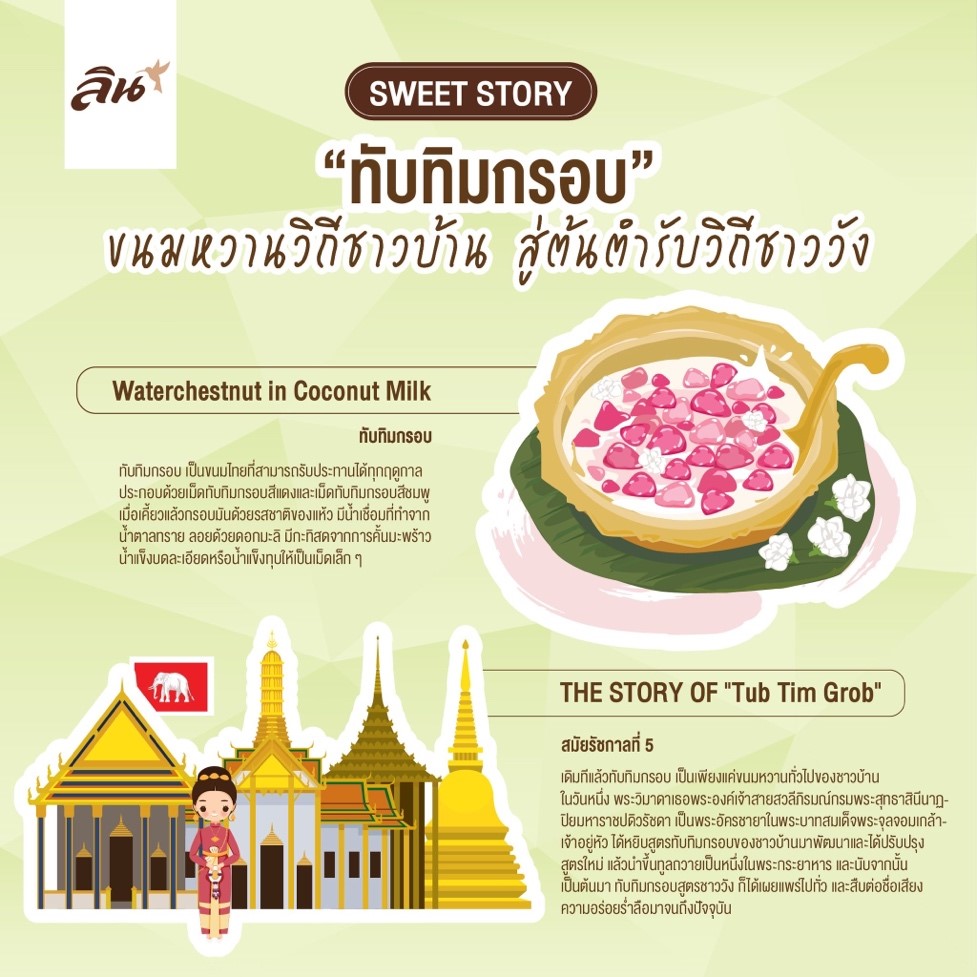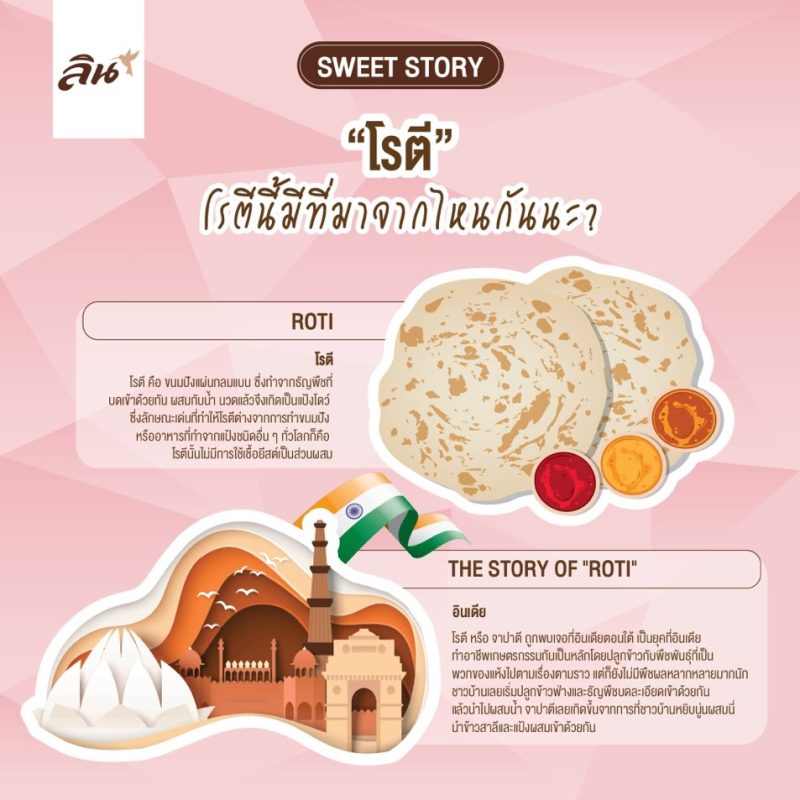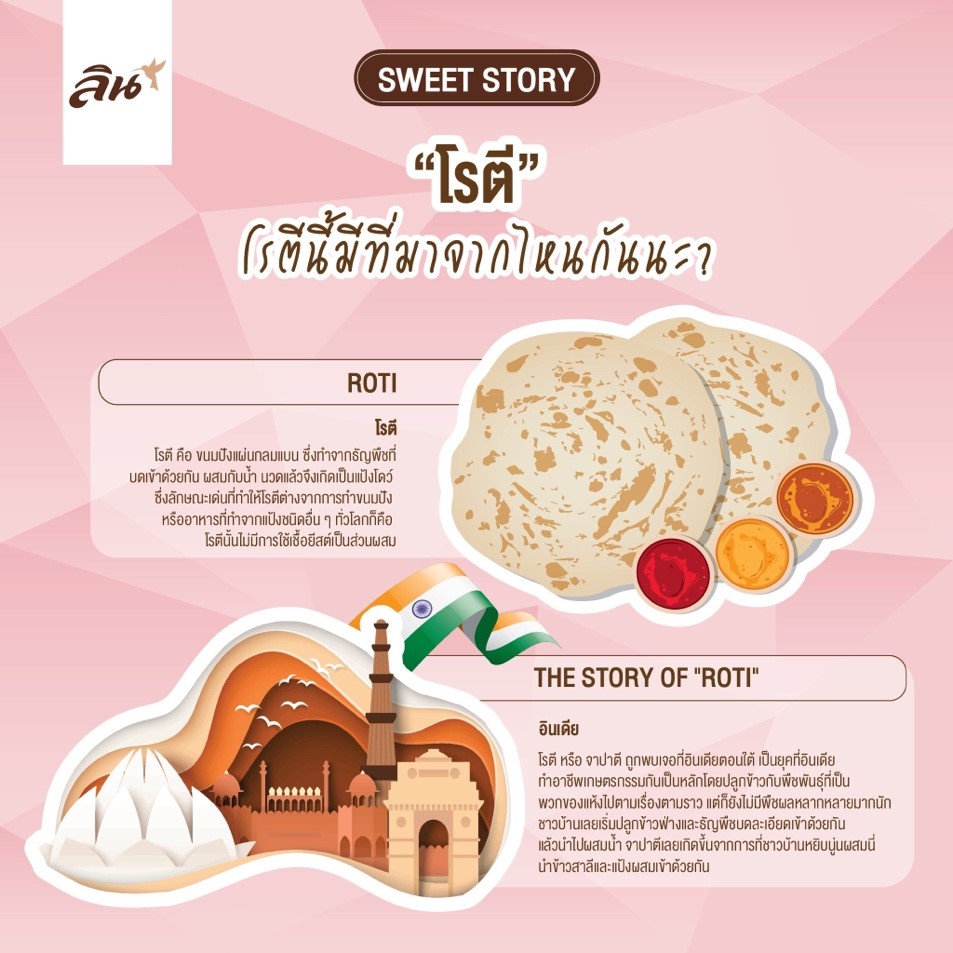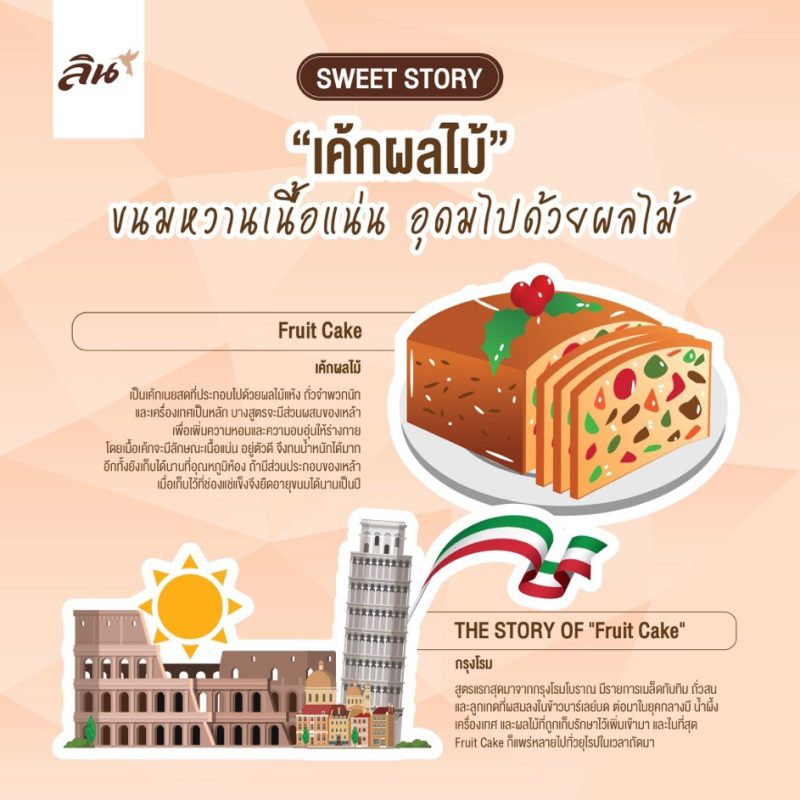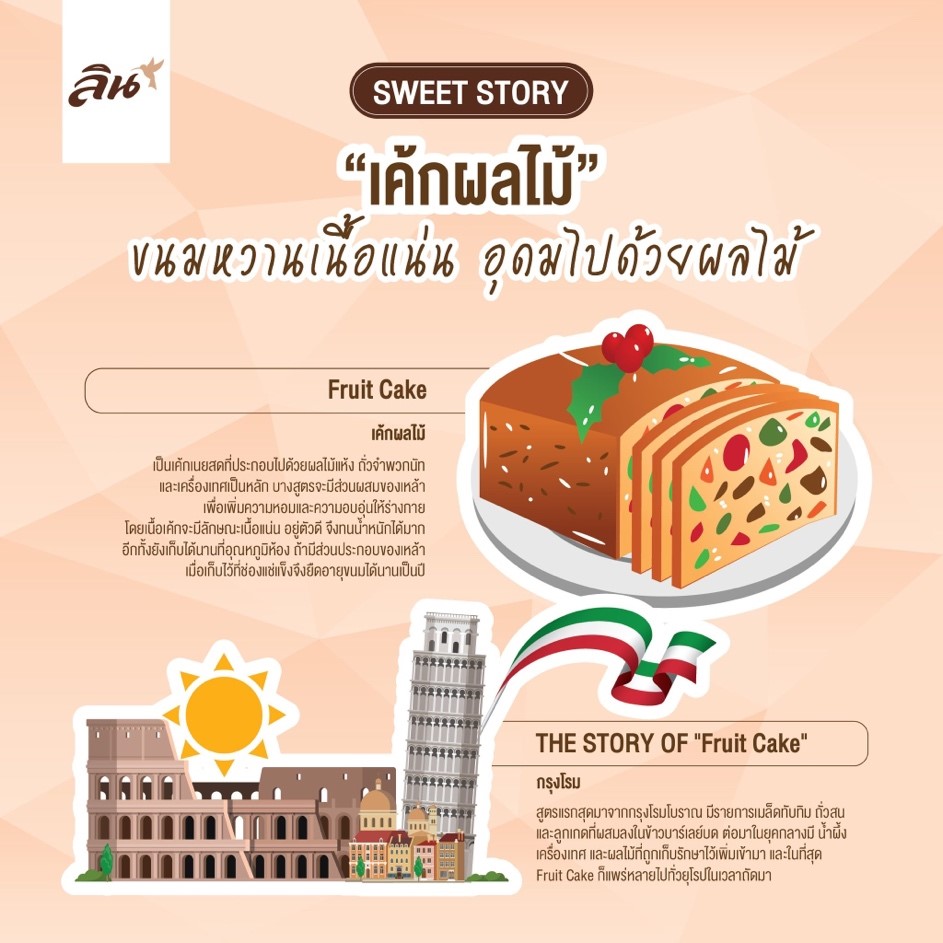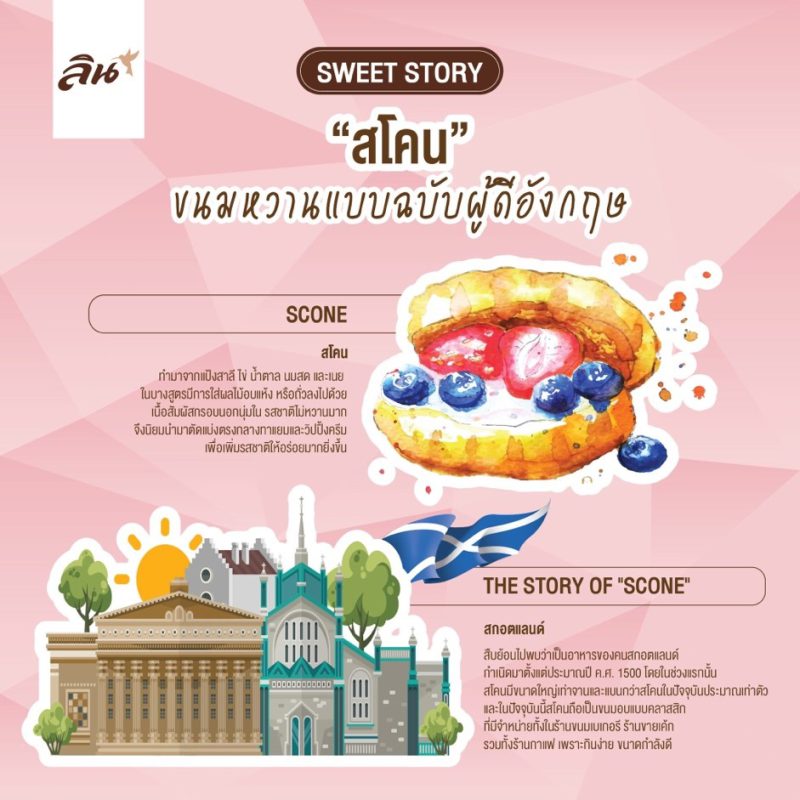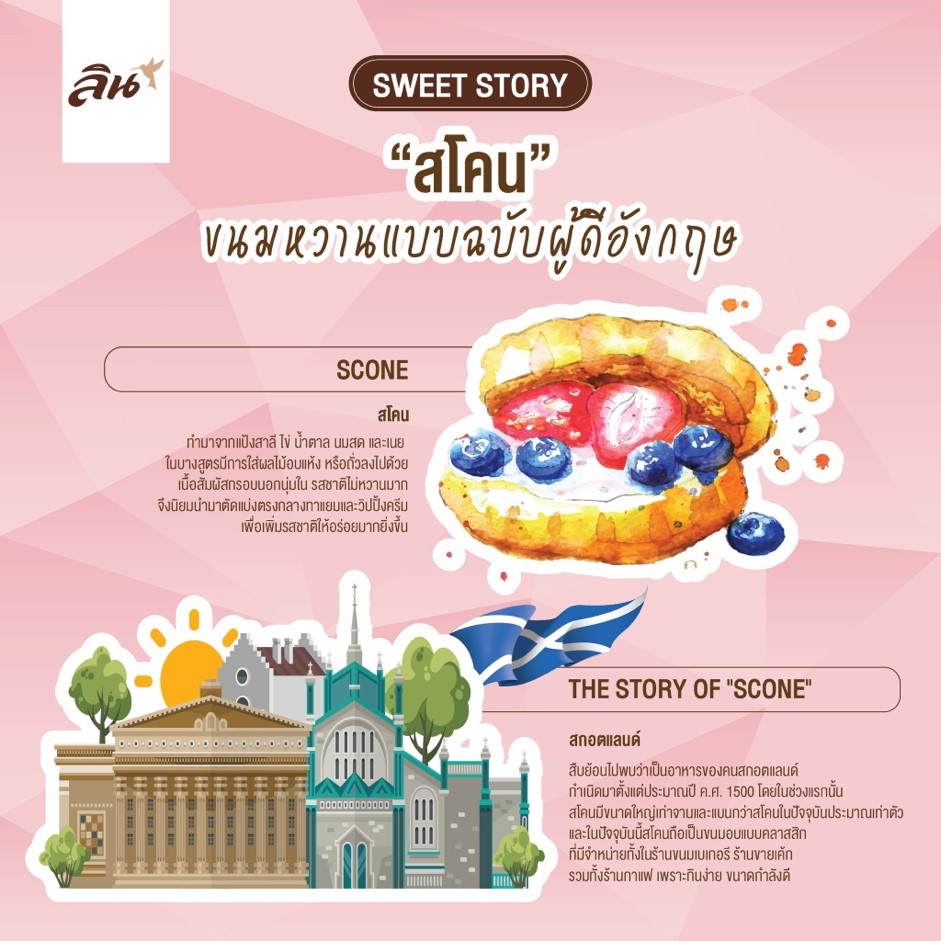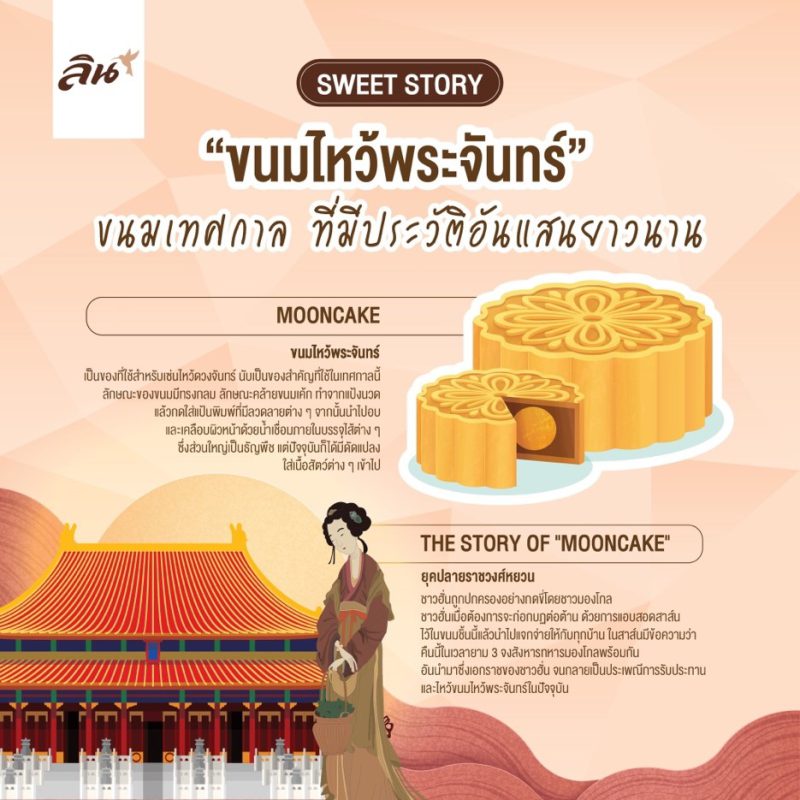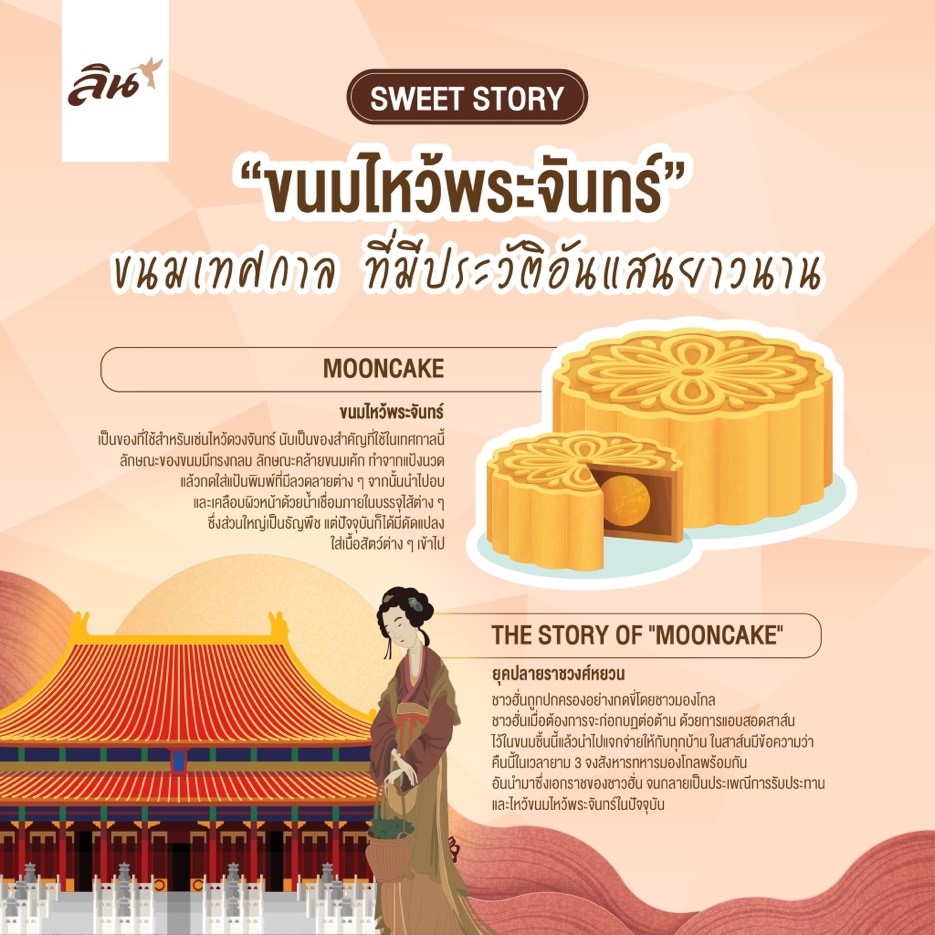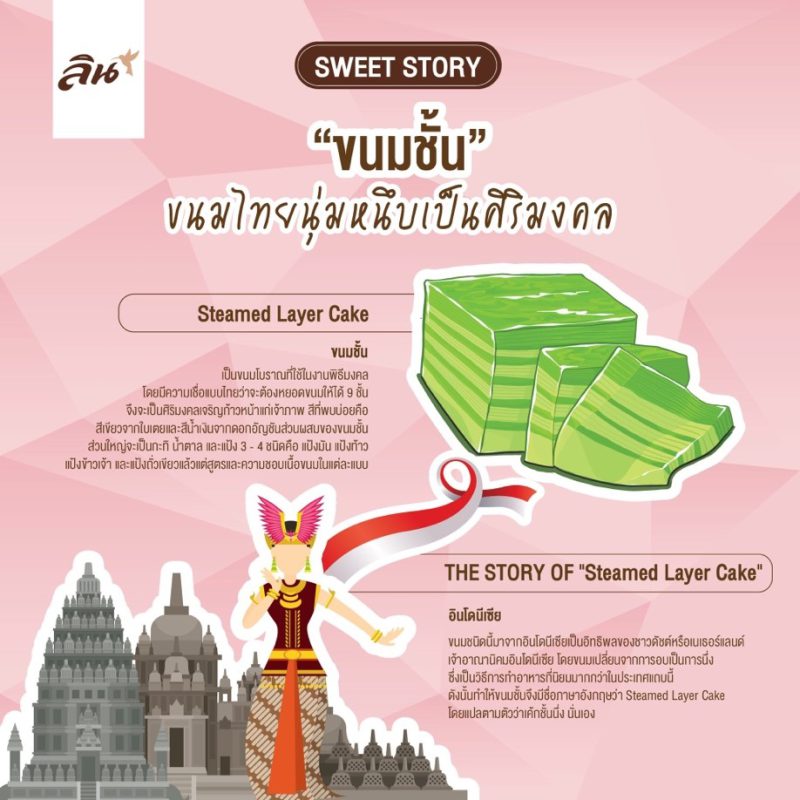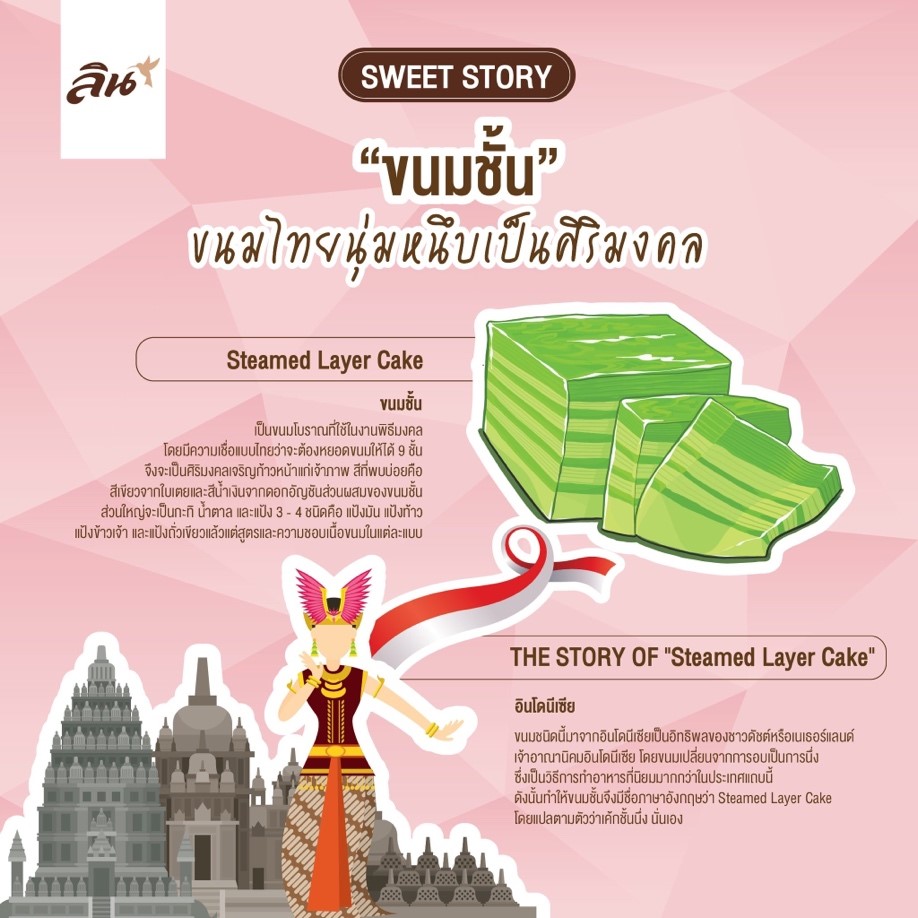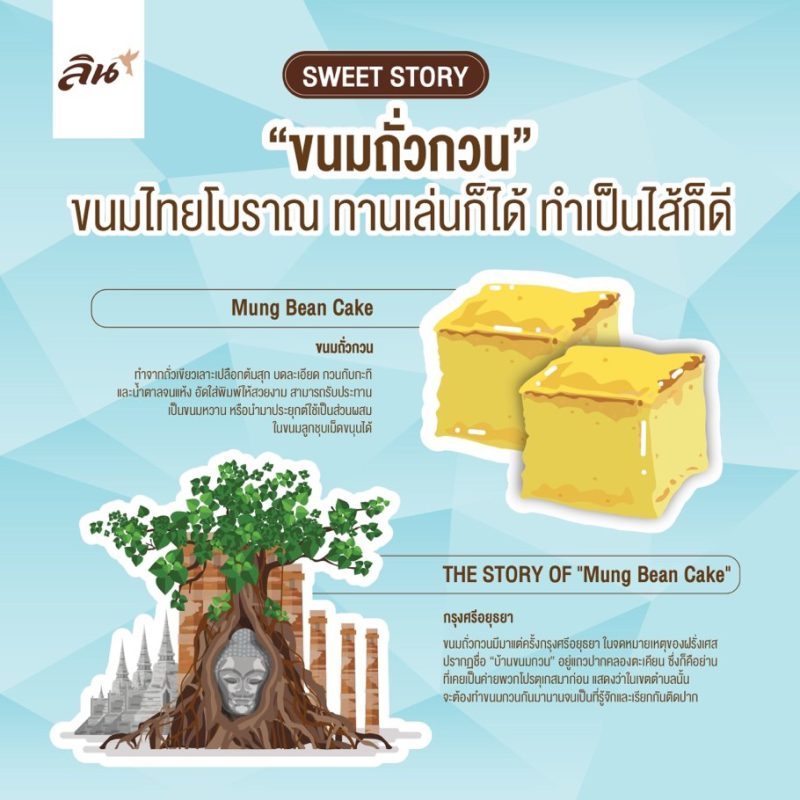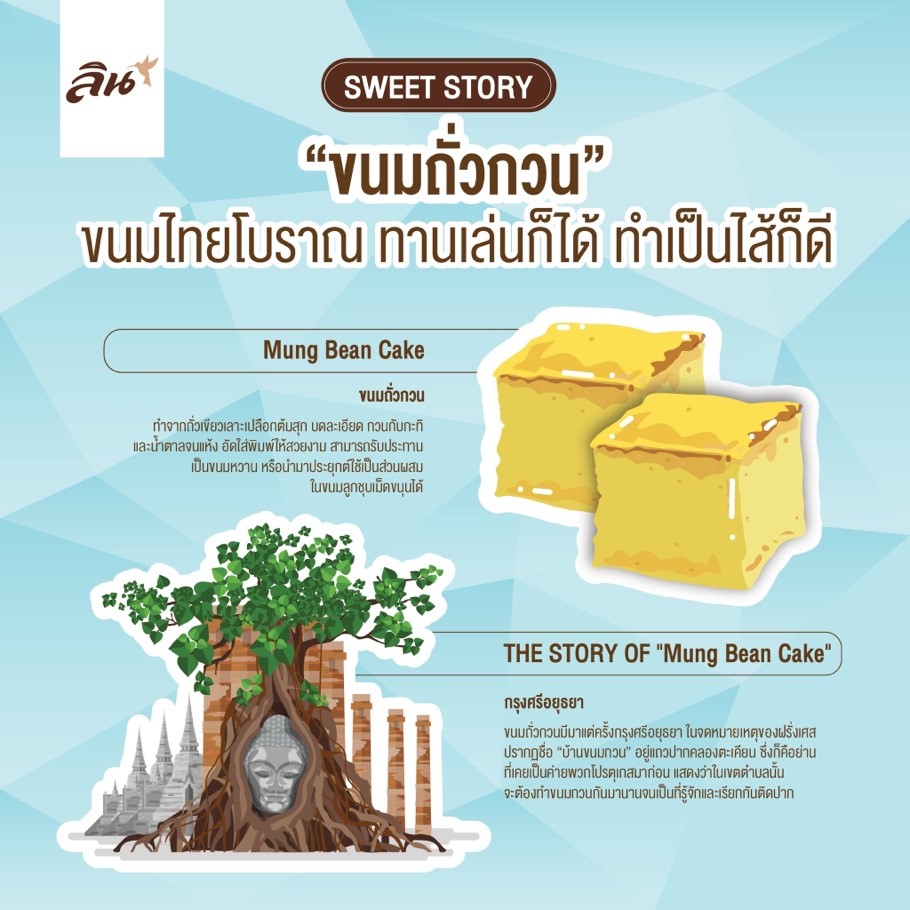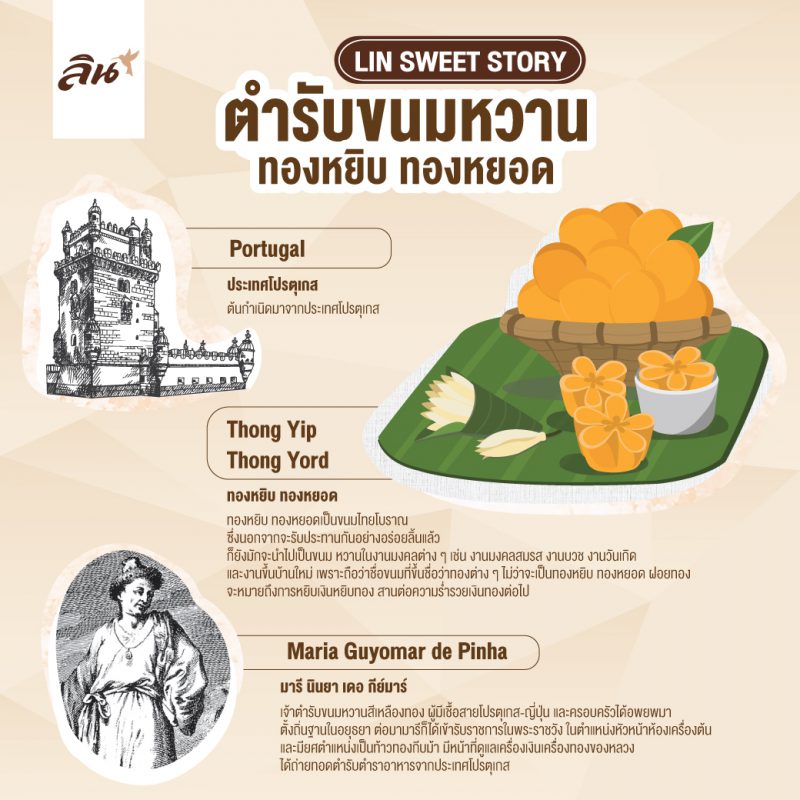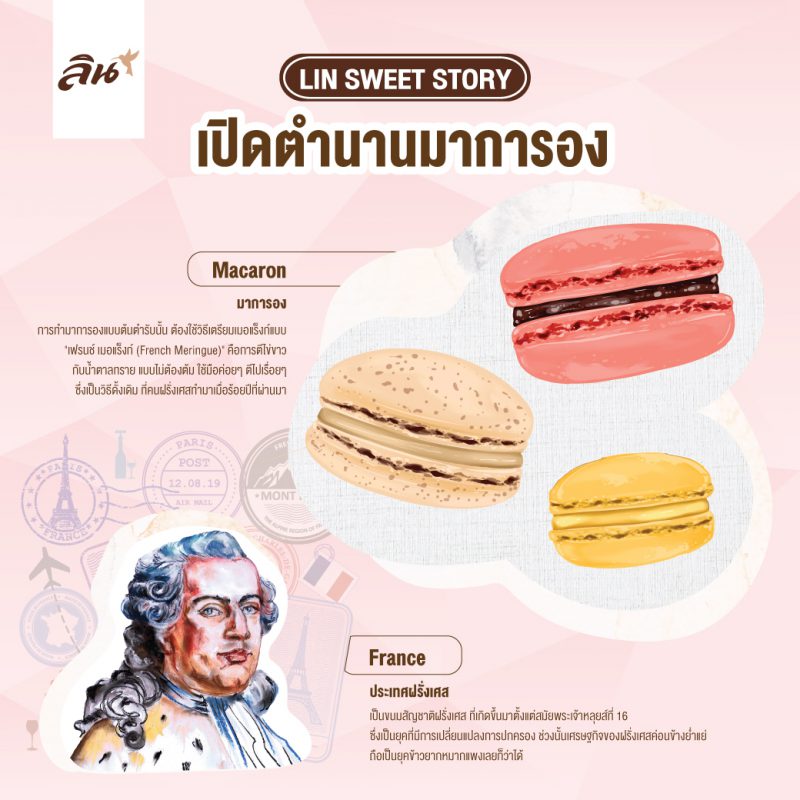“Blueberry Cheese Pie” Sweet and sour, perfect for cheesecake lovers
Lin Sweet Story
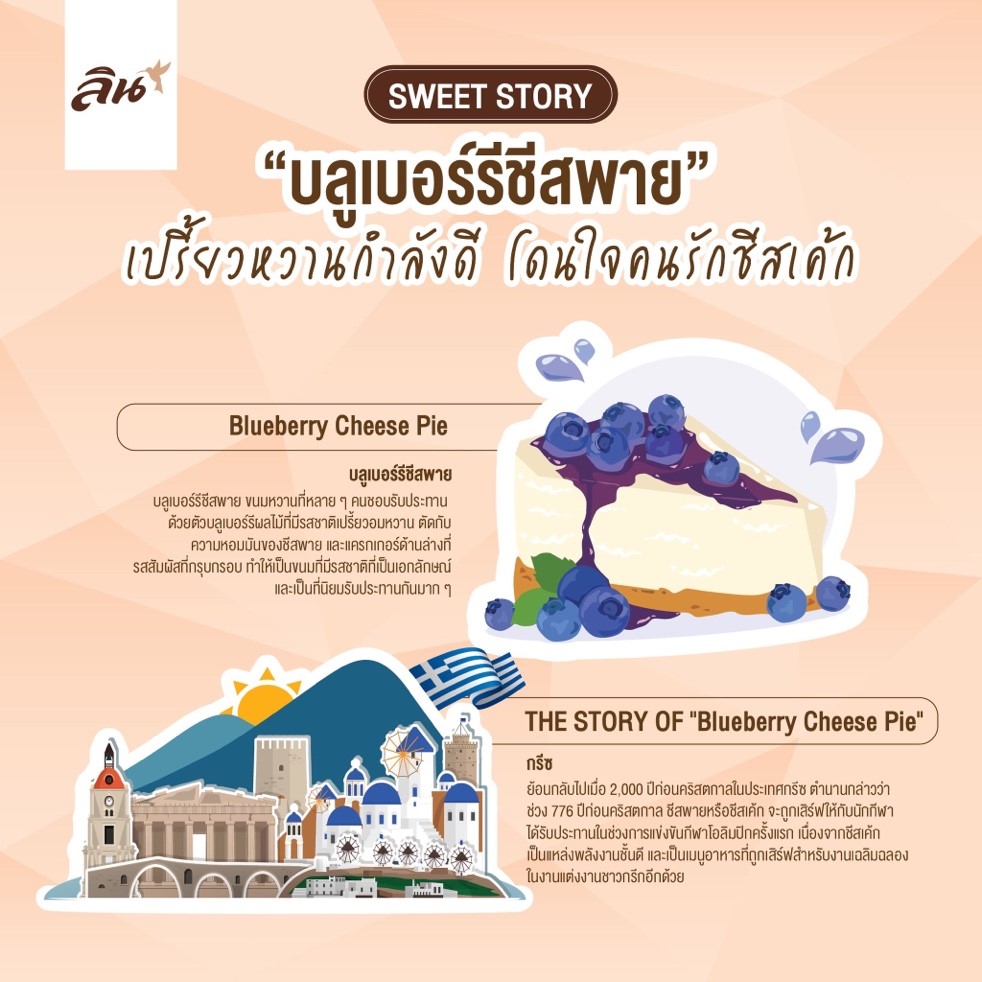
“Blueberry Cheese Pie” Sweet and sour, perfect for cheesecake lovers
Blueberry Cheese Pie
Blueberry Cheese Pie is a dessert that many people like to have. With the sweet and sour taste of blueberries, the flavour of cheese pie and the crunchy crackers below making it a dessert with unique taste.
THE STORY OF “Blueberry Cheese Pie”
Greece
Back in the 2000 BC in Greece, the history was said that during 776 BC, cheese pie or cheesecake was served to athletes during the first Olympics because it is a good source of energy. Cheesecake was served for the celebration at a Greek wedding as well.
